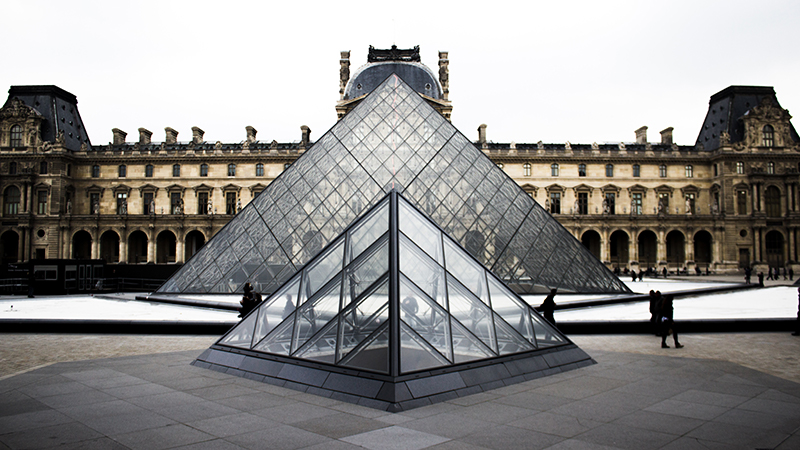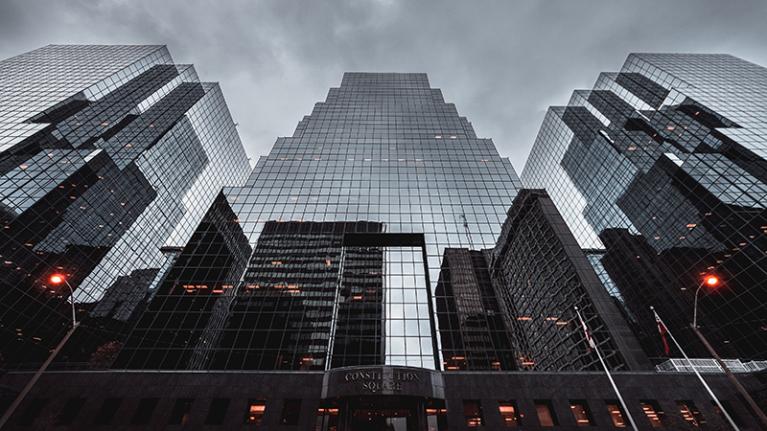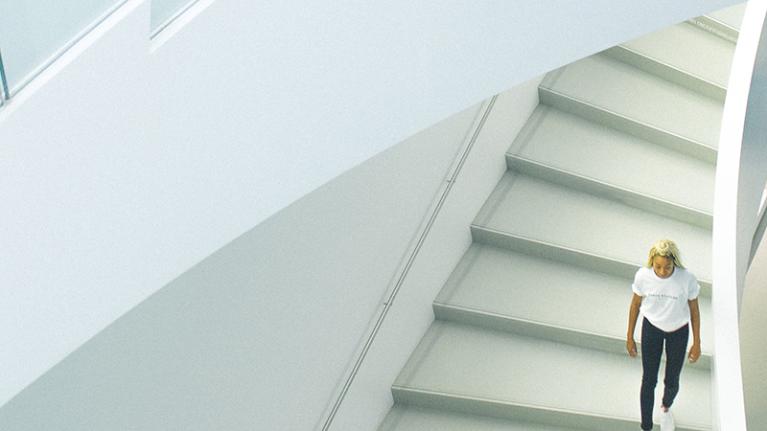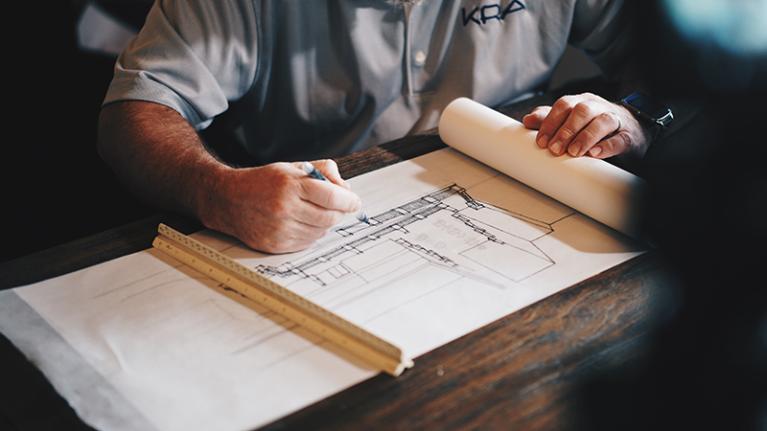3 surprising ways building design affects us
If you’ve ever been awed by Egypt’s pyramids, gasped at pics of mist-covered Machu Picchu, gazed in amazement at the Sydney Opera House, or just felt all warm and fuzzy approaching grandma’s house – you’re not imagining it.
Specialised cells in our brains are dedicated to assessing the geometry and arrangement of space, so the places where we work, study and live truly can affect how we feel and behave. Below are just a few of the ways building design impacts us for the better – and worse.

1. Building design can affect our emotions
We spend around 90% of our lives inside some kind of structure, so it’s worth considering how the spaces we inhabit are making us feel. Experiments have found that a room’s ceiling height can have a large impact on our thought processes.
Higher ceilings encourage, free, abstract thought, while lower ceilings increase focus. For example, a creative studio may benefit from having high vaulted ceilings, while operating theatres typically have low ceilings for heightened attention.
Building designs that allow for views of natural settings and natural light have also been found to improve the inhabitants’ focus and mood. Natural light stimulates the brain’s production of the neurotransmitter serotonin which can increase feelings of calm and happiness, and reduce the symptoms of anxiety and depression.
Designs which expose inhabitants to busy city views can result in over stimulation and lack of focus.
Like lighting, the colours used in building design can create intense emotional effect, for example tones of blue and white often found in hospitals connoting cleanliness, calm and serenity.
Dr Elmira Jamei, VU lecturer in Building Design, says that an understanding of the effect of building design on the emotions of inhabitants is one of the essential elements of intelligent building design.
In the past, architecture was more aligned with a sense of spiritual satisfaction and wonder. It touched us with beauty, intimacy and memory and offered us an emotional platform. Modern architecture must engage again with this idea of building design as a story. By using narrative as a building design principle we could reinvigorate buildings so that they can be worthy of exploring as an emotional experience.

2. Building design can change our behaviour
If you’ve ever sat in a semi-circular class room or worked in an open-plan office, you’d know that such open spatial set-ups can encourage conversation, team work and creativity. Sadly, a lot of building design in large cities has the opposite effect, elevating antisocial and stress behaviours.
Monolithic, dull facades found on modern skyscrapers and apartment blocks were found to cause stress to passers-by and inhabitants in an experiment by environmental psychologist Colin Ellard. He found that the cumulative effects of being around such buildings can be extremely damaging, contributing to impulsive and risky behaviours.
Such an outcome was famously observed in the 1950s in Missouri’s Pruitt-Igoe housing complex. The 33 featureless apartment blocks became infamous for crime and social dysfunction which was seen as a result of the closed high-rise design that discouraged social bonding and neighbourhood cohesion.
An opposite effect was observed by VU Bachelor of Building Design student, Aidrian Georgi, who found, on a study tour of Singapore’s residential zones, that “the practical applications of green urbanism and community-based design means everyone is happy and knows one another in their neighbourhood.”

3. Building design can impact our health
It may seem obvious that building design which provides good ventilation, prevents indoor air contamination and protects against accumulation of moisture will make for healthier inhabitants. But there are many ways indoor environments are impacting our health. Once again, abundant natural light has been found to improve health by encouraging the production of melatonin, which regulates essential processes such as sleep and digestion.
Building design can also subtly encourage us to make healthier choices. While most of us will opt to take an escalator or elevator between floors, this may be influenced by the convenient placement of these options, while staircases tend to be tucked away behind fire escape doors.
Creating healthier inhabitants can be as simple as presenting attractive, well-placed staircases that encourage their use. Building designs that incorporate green spaces have also been found to decrease the risk of circulatory disease in lower socioeconomic areas.
Learning about the importance of designing buildings for the health of the population is a growing trend in the industry says Dr Jamei:
There are many ways architects can contribute health-promoting improvements to truly enhance public well-being. As building design moves beyond optimising single parameters such as temperature and humidity, we are seeing more holistic approaches to design that supports public health.

Interested in building design?
Discover VU’s Bachelor of Building Design and learn more about the cultural, social, technical and sustainable influences on modern built environments.
With access to an innovative architectural design studio, you’ll gain the confidence to solve problems creatively, and determine solutions for a better future.
